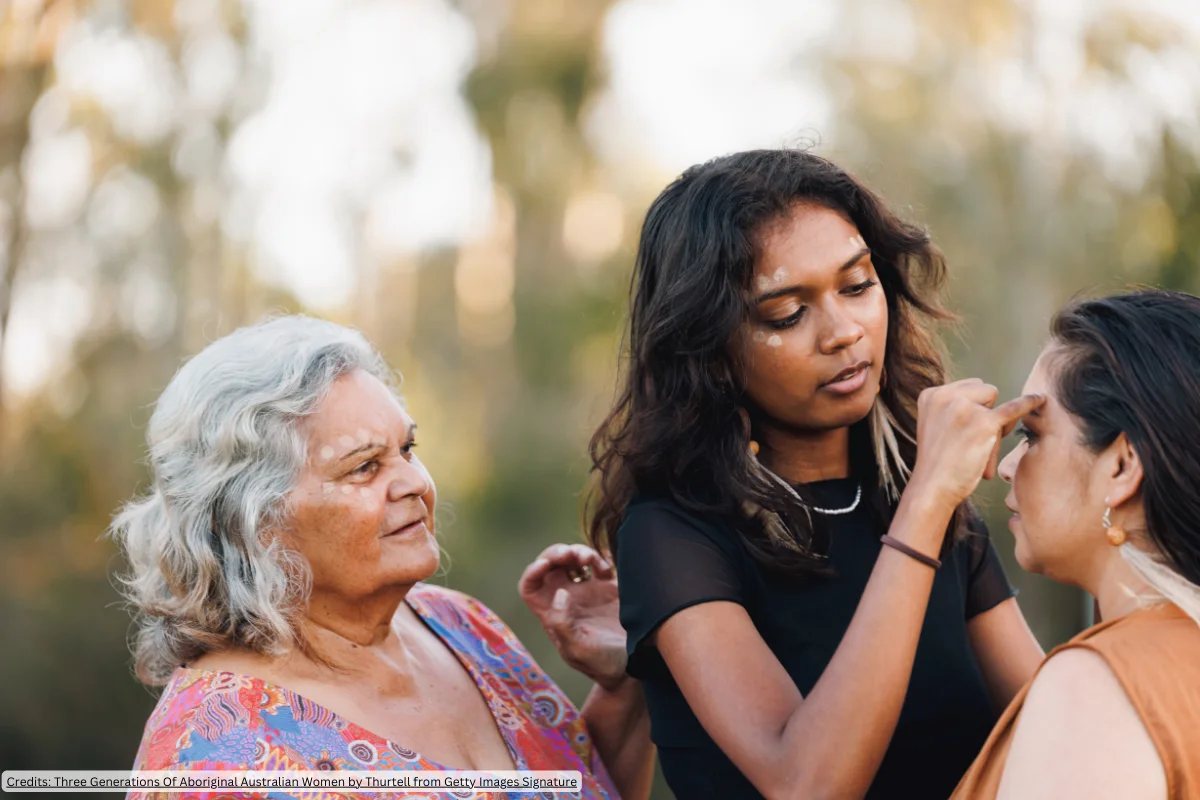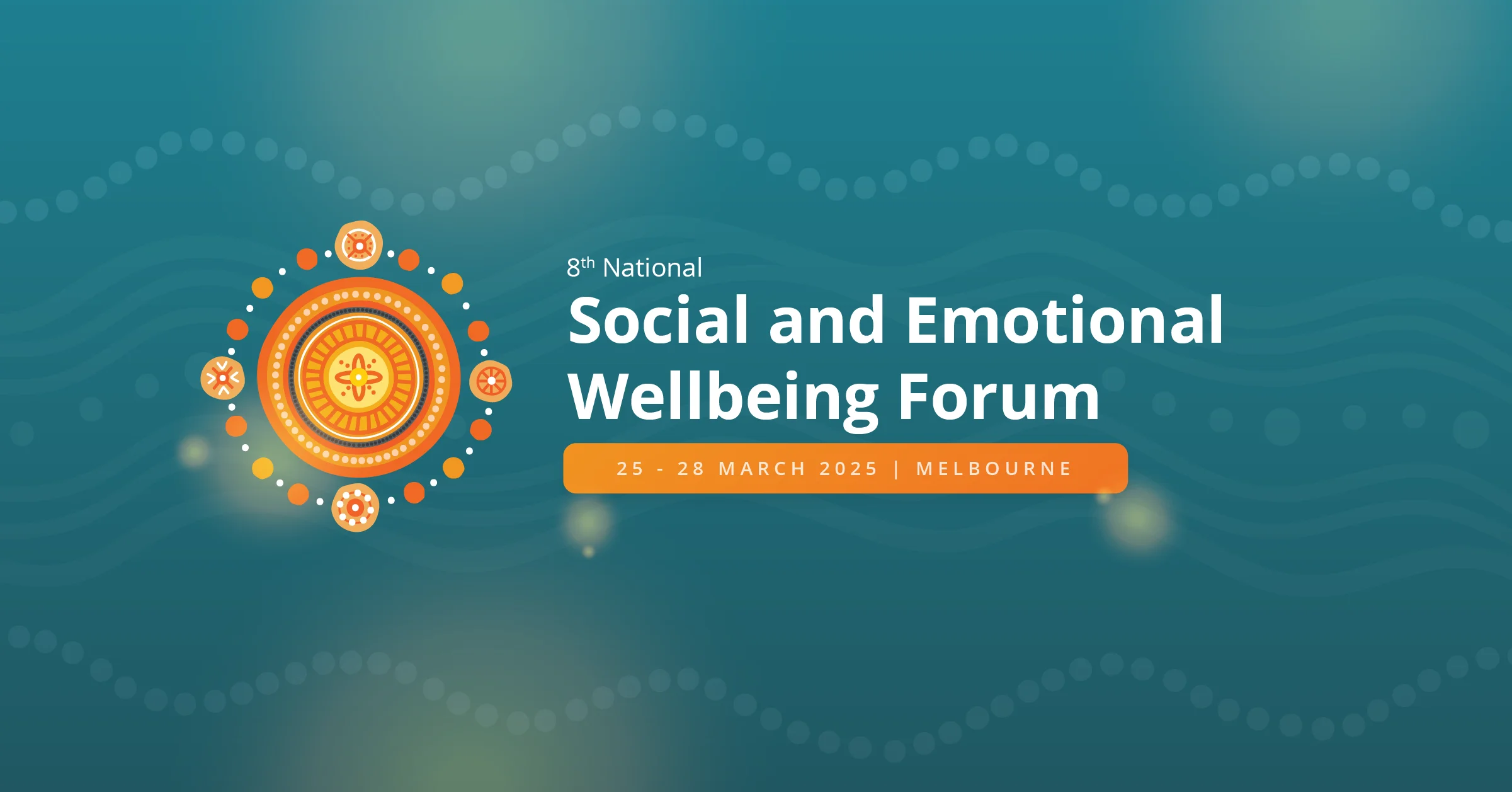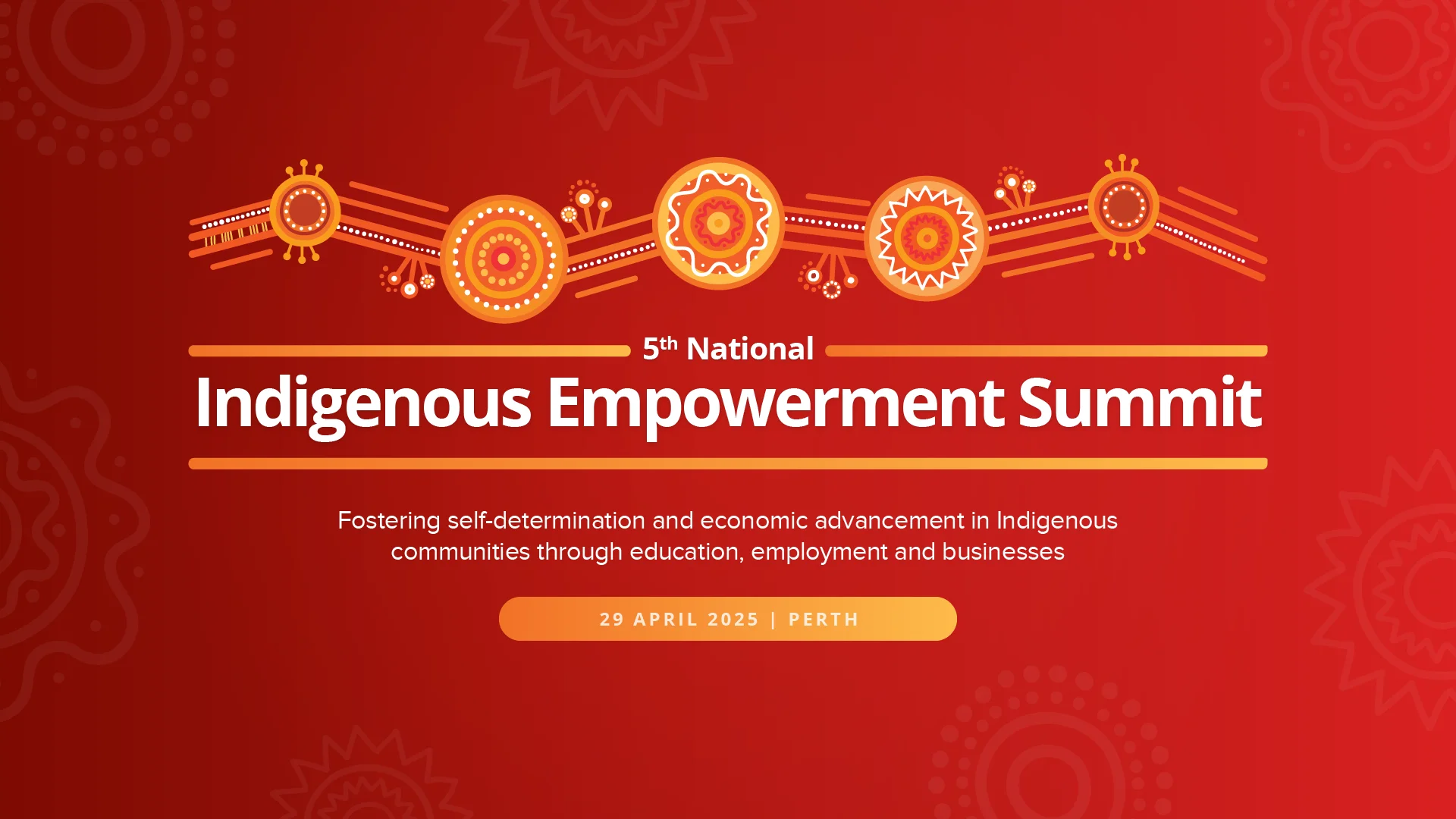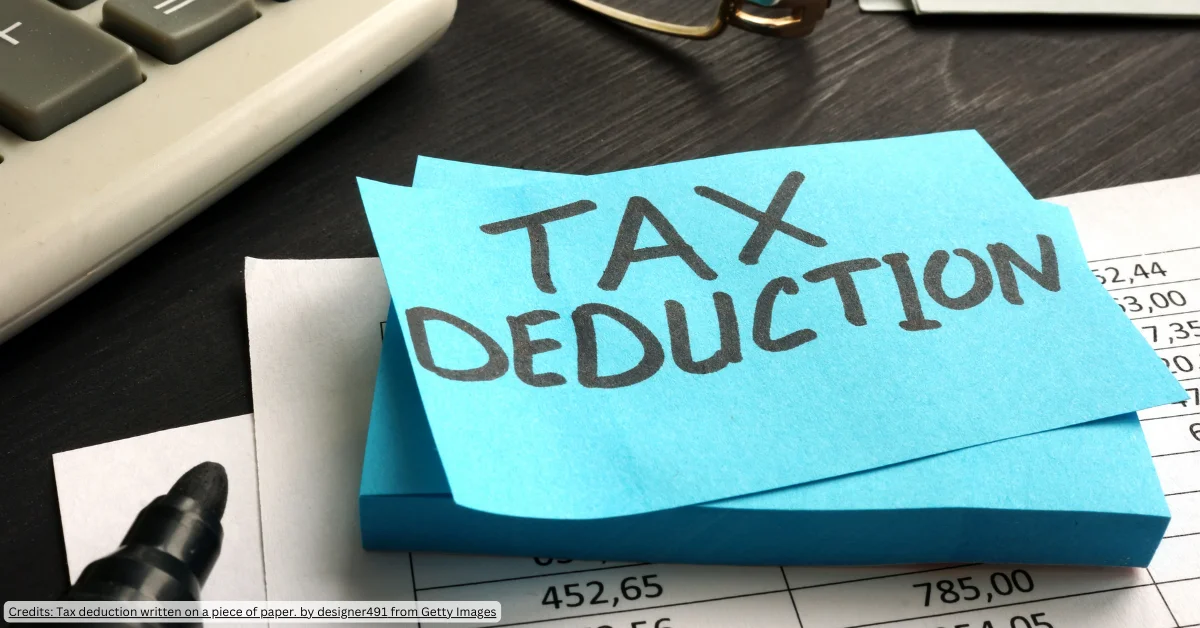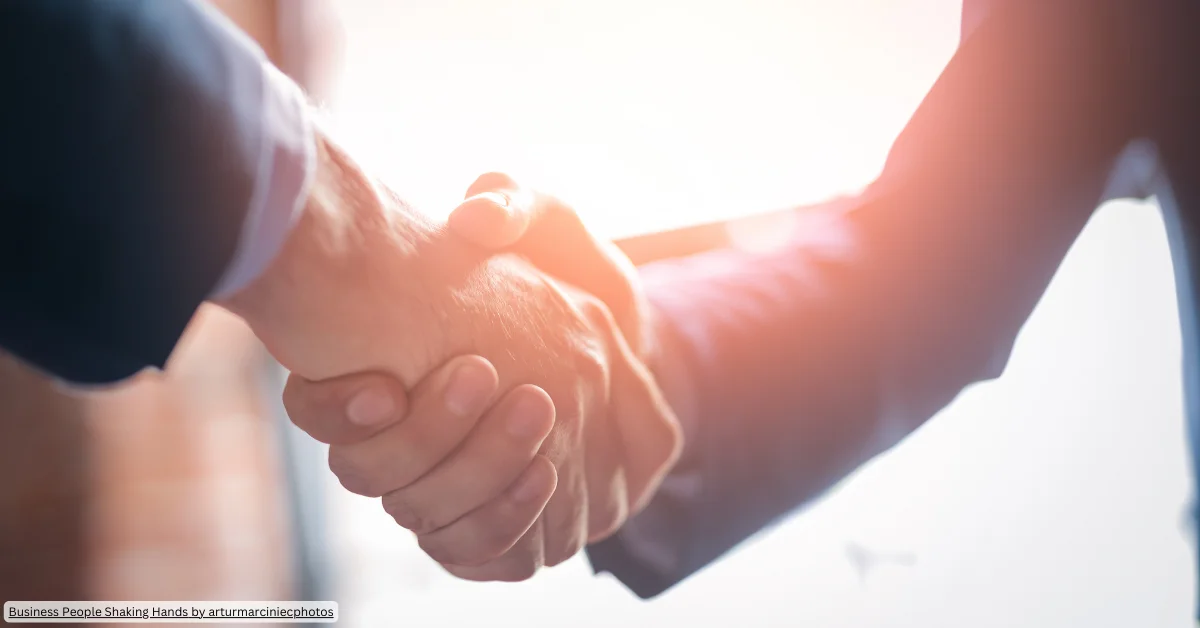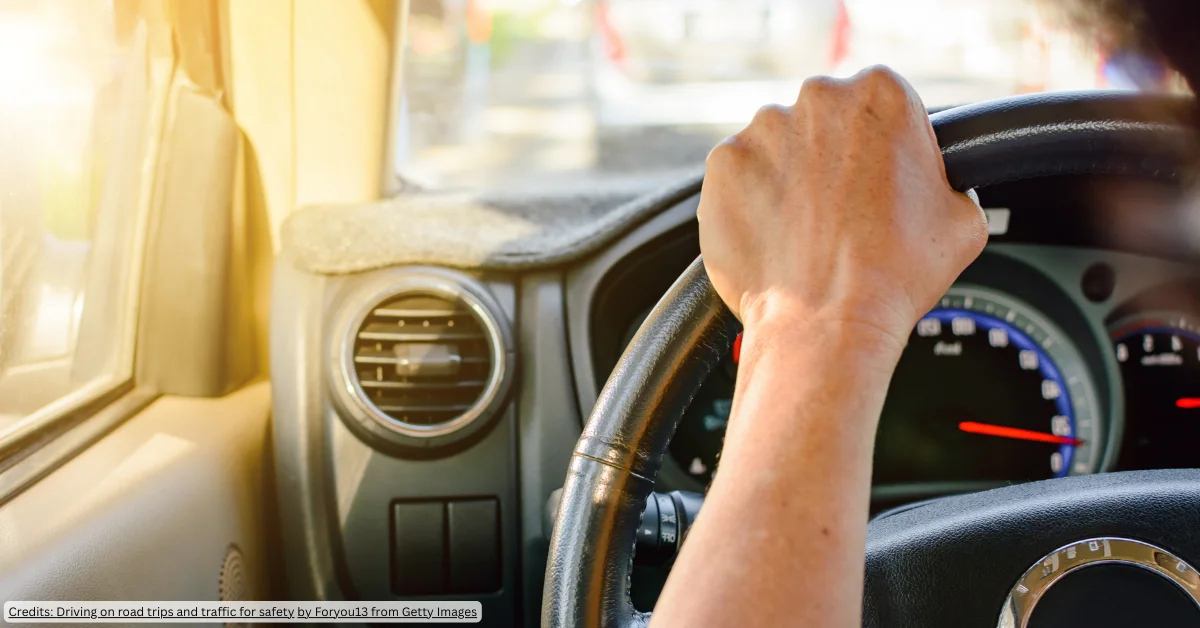From a recent survey I conducted on LinkedIn with leaders about their concerns during the pandemic, one of the top responses was concern about how to the manage stress and anxiety for themselves and their teams. Stress and anxiety is normal for most, particularly during a time of uncertainty and change, but if not managed effectively can negatively impact mindset, resilience, team engagement and focus.
When we’re stressed we automatically go into a flight, fright, fight response and react. Often these reactions we regret later. A flight response to stress is to withdraw or avoid. This is when you or team members may take a “sickie” or reschedule a meeting or be a no show for an important event. A fright response is to freeze. This is when you or team members may procrastinate for fear of making the wrong decision. A fight response is to be defensive or micro-manage. This is when you or your team members almost want to tackle the lion, and when we can see unacceptable behaviour such as bullying, and physical intimidation.
All of these are learnt coping mechanisms, that have short-term relief while often have long-term consequences. These also do not build a healthier and resilient mindset. So, what does?
In simple terms, the complete opposite which I often call the George Costanza move. If you were born after 1980, the name George Costanza may not mean much to you, but he was a rather unpleasant character in the TV series Seinfeld. A fair way into the series George realised that if he did the opposite of how he normally behaved, he could get everything he wanted. He learnt to be kind, patient and make an effort in his workplace. Sadly, he was doing it all for the wrong reasons. However, what we did see is how uncomfortable it was for George to get out of his comfort zone and do the opposite of what he normally did, which was often to be unkind, impatient and not work. Getting out of comfort zone, builds resilience by facing the lion in a new and healthier way.
So taking a look at the flight, fright, fight responses, what could be one you could tackle in the next 24 hours, using the George Costanza move. For example:
- Book that meeting that involves and uncomfortable conversation or make sure you say hello to that person at work you try to avoid.
- Help one of your team members break down the problem or project they are procrastinating on, in bite size chunks. Or make that decision you have been putting off, and know you can deal with the outcome.
- Take a breath, or “sleep on it” when you are feeling defensive or want to jump on and micro-manage. Encourage your team members to take breaks between lots of zoom meetings, by taking them yourself. Allow you and your team members to turn on your more logical, less reactive part of your brain.
And at the end of your day, recognise and congratulate yourself or a team member the George Costanza move was used, and you or your team member got out of a comfort zone. Even if the situation didn’t turn out how was hoped, by making that step, you or your team member are building resilience. There is so much research that tells us that behaviour can rewire neural pathways in our brain, including in the workplace, whereby over time the new behaviour can become more automatic, take less effort and probably feel more in your comfort zone.



